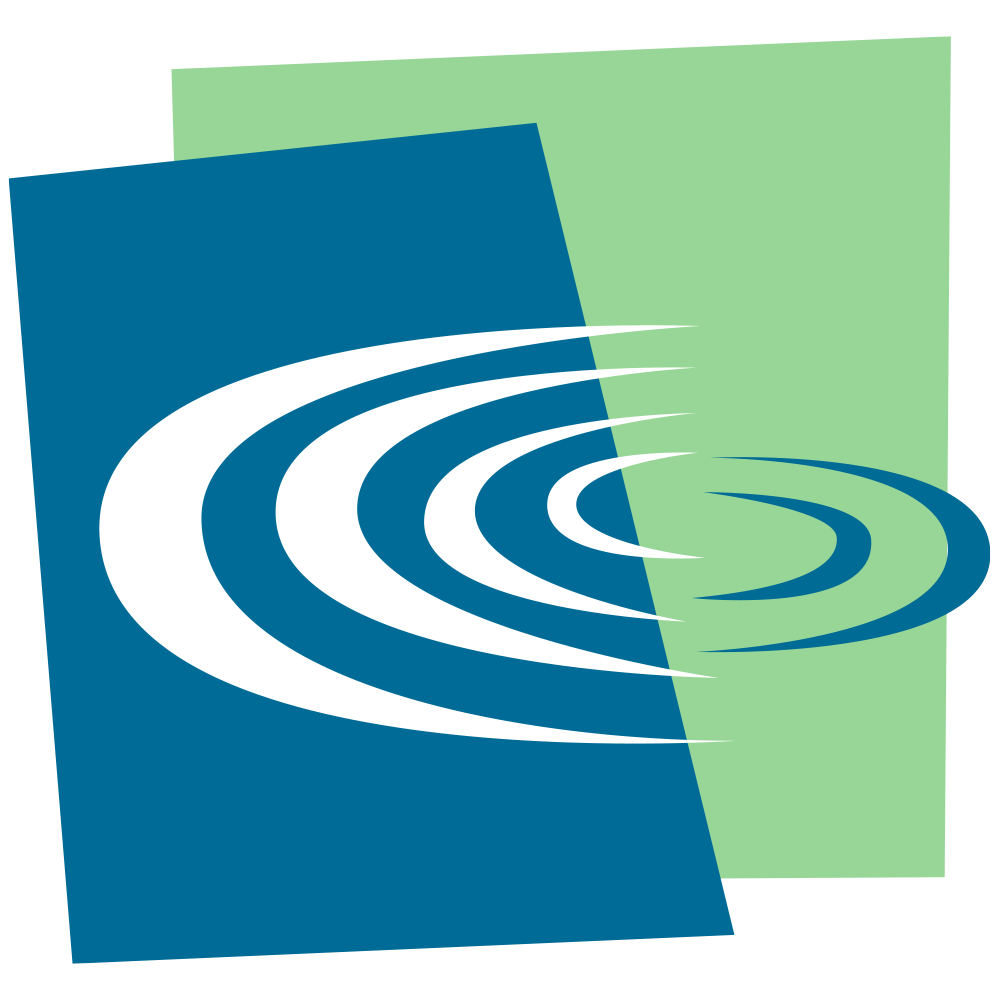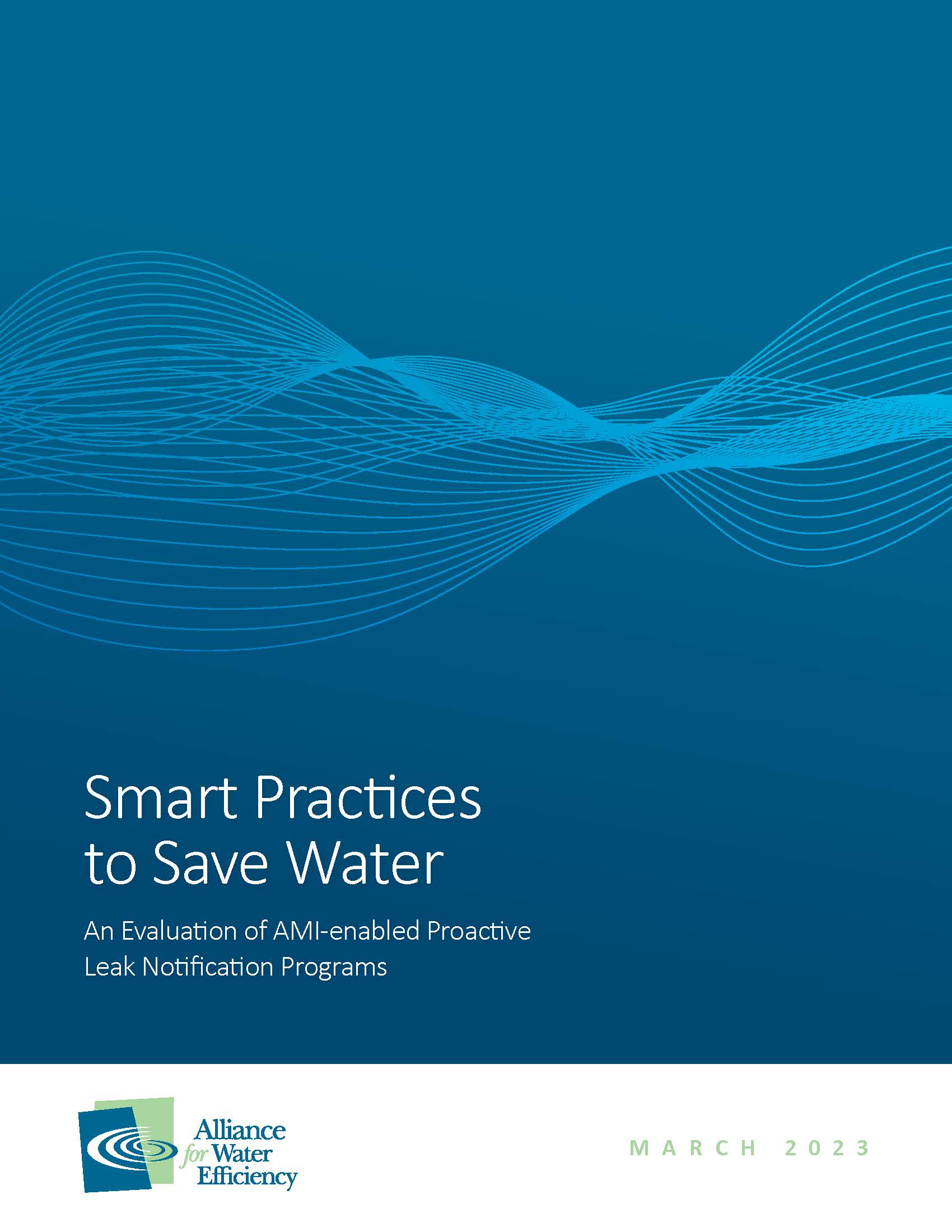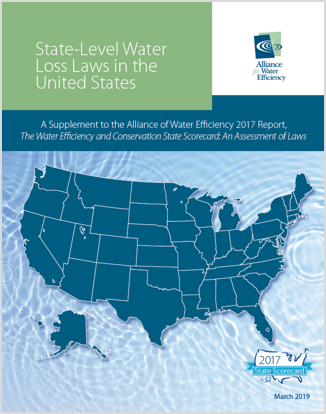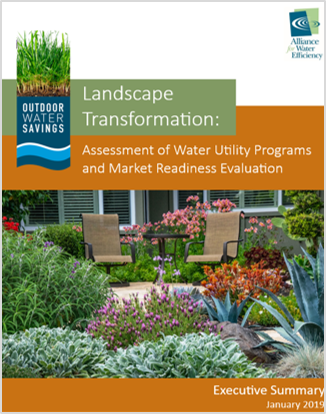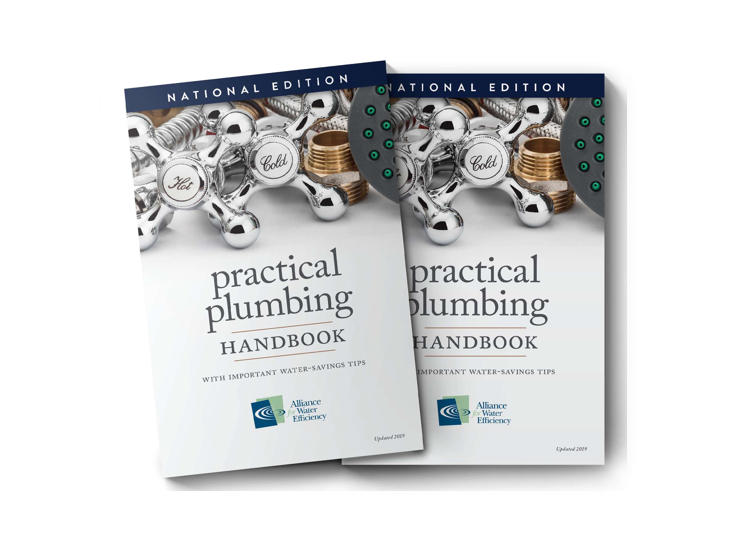AWE’s report, Smart Practices to Save Water: An Evaluation of AMI-enabled Proactive Leak Notification Programs, presents an analysis from four participating utilities with AMI-enabled leak notification programs - Forth Worth, TX, Sacramento, CA, Sacramento Suburban Water District, and San Francisco Public Utilities Commission. The analysis used hourly AMI data to assess whether the leak notification program resulted in statistically significant reductions in water use, mean leak formation (how often leaks occurred), and mean leak duration (how long leaks lasted) for different programs at all four utilities. The report outlines steps that other utilities can replicate based on varying data availability and the leak notification program system design.
The report also includes results from a multi-utility survey that AWE conducted in summer of 2022, with 102 complete unique responses.
Finally, this report also includes a literature review to contextualize the history, basic elements, and successful examples of proactive leak notification systems.
Some key takeaways include:
- Single-family leak notification programs with timely notifications resulted in statistically significant reductions in mean leak volume per meter, ranging from a decrease of 29 to 50 percent. This translates to a reduction, and thus water savings, of 0.6 to nearly 3.0 gallons per meter per day.
- Leak-related water use is a large proportion of overall household water use while the leak is occurring.
- A small portion of households with recurring leaks are responsible for the majority of water use due to leaks.
- Smart practices to maximize savings:
- Use an opt-out approach, where all customers are automatically eligible for a notification and do not need to take action to enroll in the program.
- Analyze use and notify customers 24-hours a day, 7-days a week to avoid missing leaks.
- Leverage multiple communication channels.
- Notify customers as quickly as possible after the leak is identified.
- Include the “next step” with the notification, such as a guide to search for leaks, leak detection kit, leak inspection service, or leak repair service.
